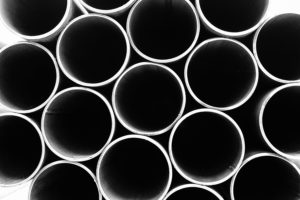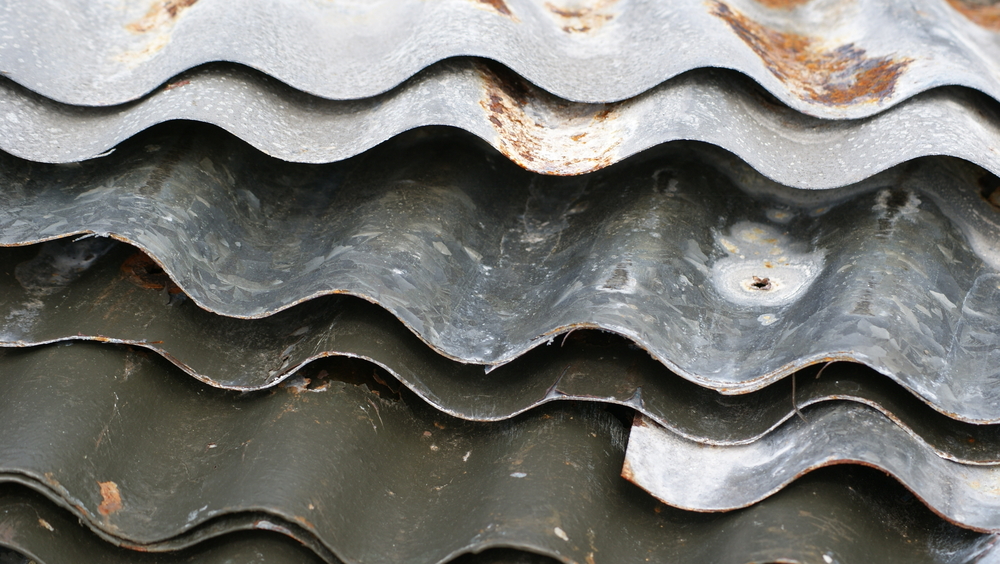Driven by technological and material advances as well as a demand for more energy-efficient transportation and tools, “lightweighting” has become an important trend that’s significantly impacting manufacturers.
It affects virtually all manufacturing, maintenance, and repair involved in the transportation industry along with business involving products people carry by hand, such as luggage, electronics, chainsaws, and more.
Lightweighting is in especially high demand for products such as:
- Automobiles
- Mass transit systems
- Airplanes
- Helicopters
- Portable tools
Of course, engineers can redesign these items to make them lighter; but, in nearly all cases, using lightweighting can complement designs. Composites and plastics have their roles, but designers achieve much of this lightweighting using light metals such as aluminum and new steel alloys — and even lighter metals are on the horizon.
Benefits
 Lighter is better in many applications for various reasons. In the case of products people carry, lighter weights can reduce fatigue. According to the Manufacturing Business Technology article, in the transportation industry, lighter transportation forms
Lighter is better in many applications for various reasons. In the case of products people carry, lighter weights can reduce fatigue. According to the Manufacturing Business Technology article, in the transportation industry, lighter transportation forms
- use less energy, making them more environmentally friendly, which is a concern among many “green” consumers and company leaders facing tightening environmental regulations
- require less fuel for transportation, thereby reducing costs for business decision-makers as well as consumers
- are often at least as strong as heavier materials previously used due to technological developments and commercial feasibility improvements
Challenges
Lightweighting is not easy to achieve in manufacturing, though. The increasing lightweight demand creates challenges for manufacturing, maintenance, and repair company employees who must alter their processes to meet specific lightweight metal and other material requirements. Lightweighting can have significant downstream manufacturing impacts.
- Different processes — This impacts joining specifically. For example, welding aluminum to steel or other aluminum pieces is faster than riveting — and eliminates the weight of the rivets — but it’s still in its experimental phase and consumes more energy than riveting, so manufacturers use welding only in low-volume production. We’ve never used lightweight alloys in manufacturing development before, and we can’t fully understand the specific changes to production lines they’ll necessitate until we use them in real-world mass production.
- Higher costs — Because of costs associated with adjusting production lines to accommodate lightweighting combined with learning curve labor costs when beginning to work with lightweight materials, lightweighting usually increases manufacturing costs — regardless of material costs relative to heavier metals. This leads to a situation in which manufacturers focus lightweighting on premium products, limiting the market for lightweight products.
- Differing performance — Lightweight materials perform better than heavier materials in many areas, according to the AutoDesk article, but they also present some problems, such as poor ride and handling in automobiles due to the tendency of lightweight materials to vibrate more than heavier ones. Manufacturers must reinforce parts that are too “flimsy,” adding to production cost and complexity.
- Safety concerns — If manufacturers sacrifice structural safety to cut weight, it may create an unsafe automobile, plane, or light-rail train. Safety concerns can limit lightweighting growth.
- Maintenance and repair — Not only do designers need to consider production issues when using lightweight metals and other materials but they must also plan for necessary adjustments in lightweight product maintenance and repair — areas that will require new processes as well.
Lightweighting offers numerous advantages that will likely continue to precipitate increased lightweight metal and other material use. However, the move to lightweighting creates significant challenges as manufacturers must update their design, production, maintenance, and repair processes.
 When you need repairs for your equipment — whether you use it for lightweight manufacturing or otherwise — we can turn your unit around in one to five business days and provide an 18-month in-service warranty. Contact the Global Electronic Services professionals at 877.249.1701 for all your industrial electronic, servo motor, AC or DC motor, hydraulic, or pneumatic needs.
When you need repairs for your equipment — whether you use it for lightweight manufacturing or otherwise — we can turn your unit around in one to five business days and provide an 18-month in-service warranty. Contact the Global Electronic Services professionals at 877.249.1701 for all your industrial electronic, servo motor, AC or DC motor, hydraulic, or pneumatic needs.